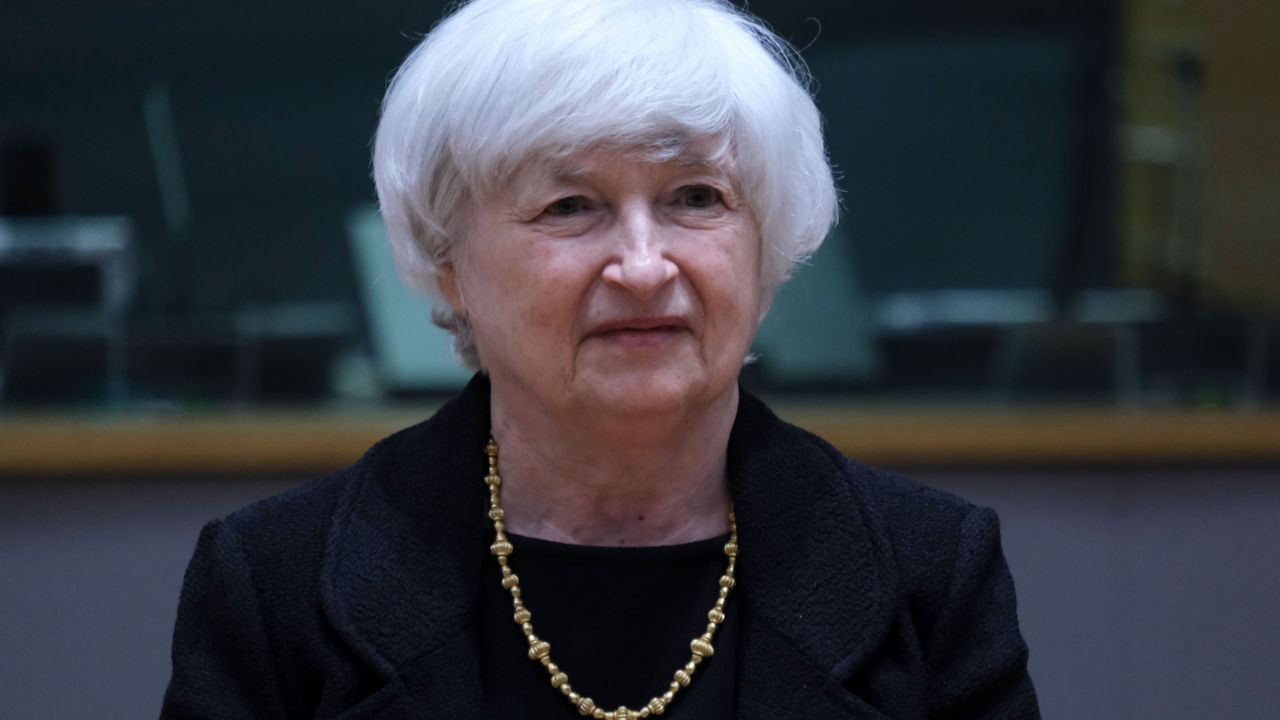In December 2022, barely three months before the collapse of Silicon Valley Bank and Signature Bank, Sheila Bair, who headed the US Federal Deposit and Insurance Corporation (FDIC) during the 2008 financial crisis, said in an interview to the Financial Times that regulators were becoming overconfident about how well capitalised banks were.
That, to her, was the real danger for regulators. Bair reckoned there was a lot of exposure that banking supervisors did not fully comprehend. This sounds prescient now, as the US administration and regulators scrambled to quickly douse the fire, calm depositors’ fears and stem a potential financial contagion from the failure of the two banks this month.
The bank resolution process in the US is swift. This time around, by classifying the two banks as systemically important, the US Treasury, the Federal Reserve and other regulators ensured that even uninsured deposits were protected without a taxpayer-funded bail out. That may have been done to ward off criticism and a potentially broader fallout after having claimed to have built in much stronger safeguards for the banking system after the 2008 crisis.
But there was a stronger message for investors in the failed banks. President Joe Biden said on Monday that they had knowingly taken a risk and lost money, and therefore would not be protected. That’s how capitalism works, he said.
Try telling something like that to investors in banks such as Lakshmi Vilas Bank (LVB), which was amalgamated with DBS after the RBI scheme proposed writing off the entire capital and reserves post-merger. Or to those in Yes Bank, whose shareholders had to settle for a dilution of their holdings after State Bank of India and a few other banks infused capital, with a three-year lock in being imposed.
Over the past two decades, in most Indian bank failures, the standard recourse for the banking regulator and the government has been a shotgun merger with another lender to protect depositors. For depositors, the wait can be torturous, with an initial cap on withdrawals. All the same, the RBI’s rescue plan ensured that the losses on equity holdings of the promoters of Yes Bank were subsidised by SBI.
Attempts at reforming the bank failure resolution process to ensure speed and efficiency on the lines of overseas resolution regimes by the NDA government four years ago had to be abandoned in the face of resistance. The government has managed to raise the ceiling for insured deposits from ₹1 lakh to ₹5 lakh after decades. In contrast, the US authorities are backstopping deposits and ensuring that even the uninsured deposits in Silicon Valley Bank and Signature Bank will be fully repaid.
It may be easy to pan the US regulators and their oversight and perhaps take a high ground on regulation here. But it is an opportune time for India’s government and regulators to revisit the resolution process for failed financial firms, specifically banks.
That would involve considering whether India needs a separate institution like the FDIC to handle bank failures swiftly instead of a subsidiary of the RBI like the Deposit and Credit Guarantee Corporation, which manages insurance of deposits.
It would also mean addressing other issues, such as differentiated insurance premiums for banks with varying risk profiles and those seeking higher cover and opening up to competitive insurance firms, higher capital support for the financial resolution corporation and de-politicising the process, and making it swift and efficient, unlike the insolvency process for other firms. Obviously, the RBI has to be convinced first, given its concerns on financial stability and the fact that its oversight over banks offers a far more credible view.
There are stark differences in the handling of the SVB and Signature Bank failures and the way some Indian bank failures have been handled. What is often lost sight of when the government and regulators here talk of the safety of banks and protection of deposits is the fact that, unlike many other countries, a large swathe of Indian banks are controlled by the sovereign. That implicit guarantee is what truly prevents a run on banks even when depositors and investors know that bad loans aggregate to 20% or more. The cost is ultimately borne by the taxpayer in terms of capital provided by the government and the sustained low return on the capital employed.
As Bair said in her FT interview, there is a lot of bravado on banks being well capitalised. The former FDIC chief must have aimed that statement at her backyard – the US. Surely it won’t hurt if India’s regulators and government take a cue from it, too.
Download The Mint News App to get Daily Market Updates.
More
Less
















